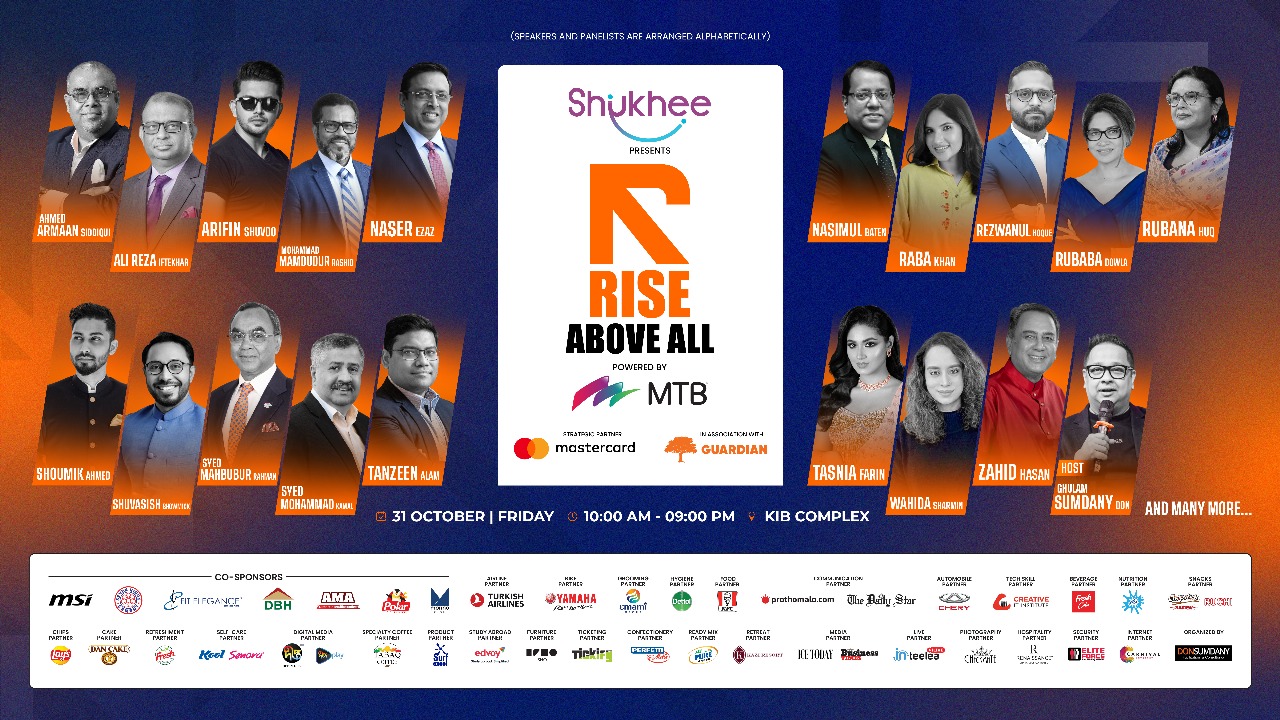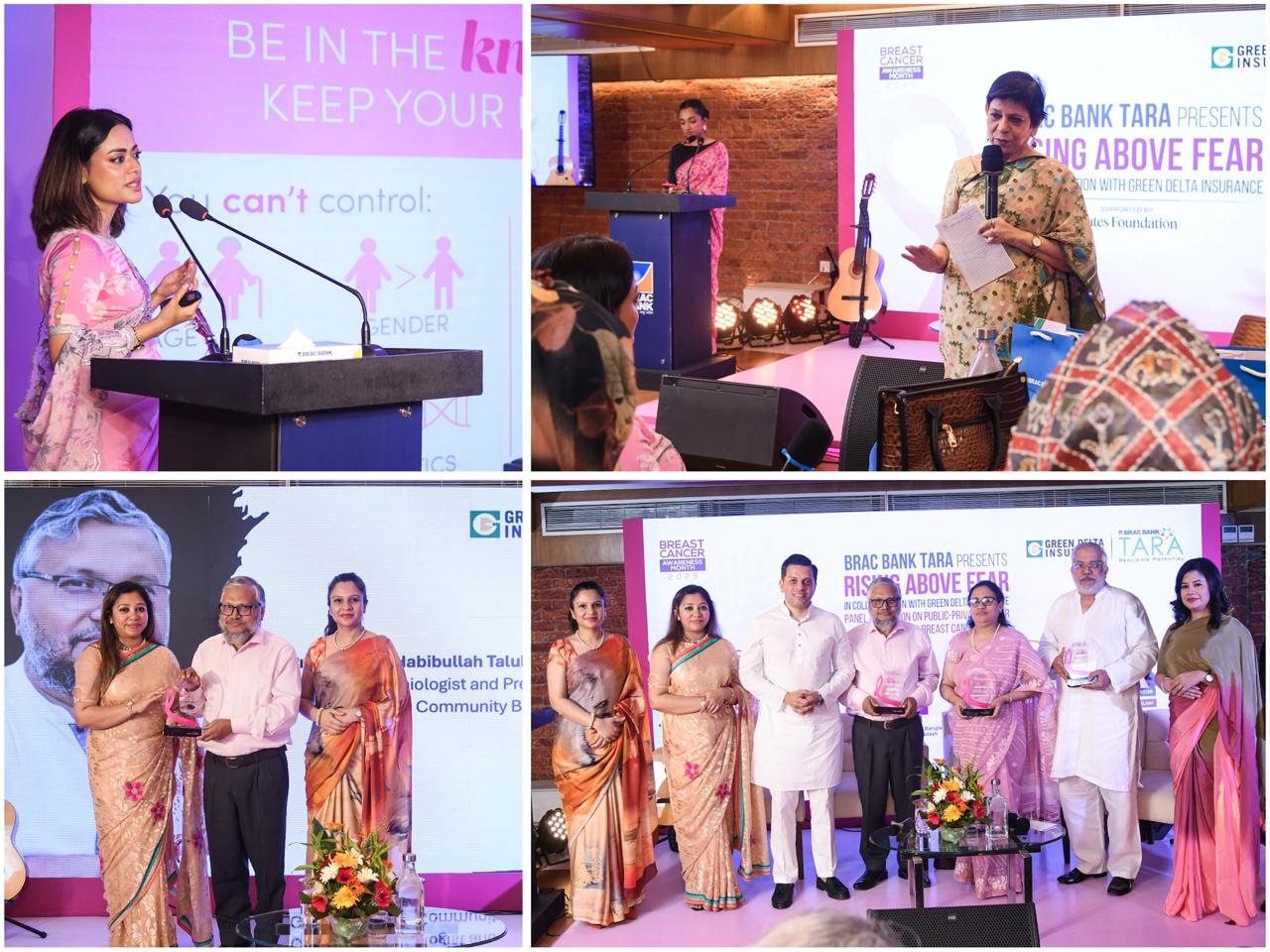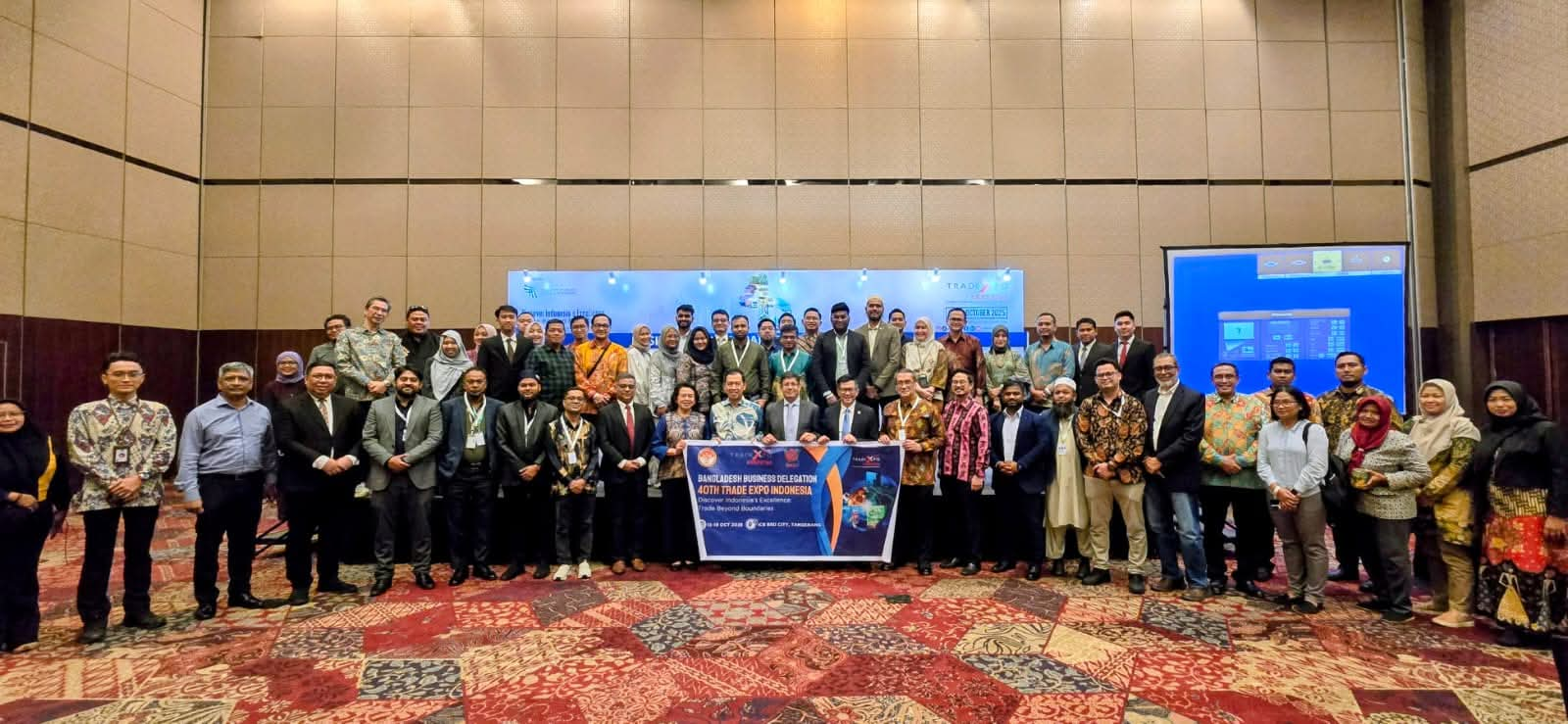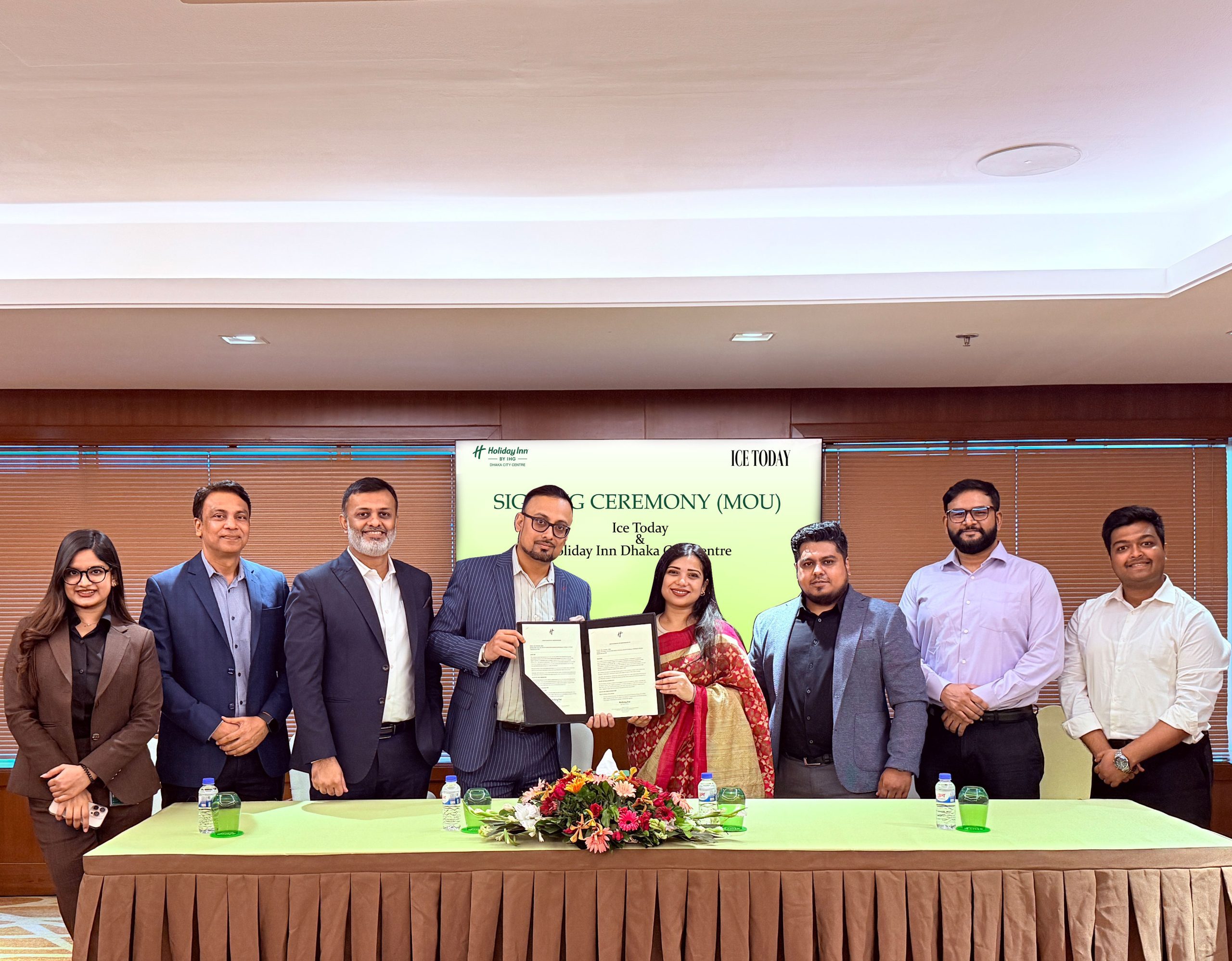PURSUING A BILLION DOLLAR DREAM
Could you detail your journey to becoming the Managing Director of Austan Ltd and a Director of the Bangladesh German Chamber of Commerce & Industry?
My journey with Austan was a matter of proper timing and taking initiative in a sector that has potential. My family was involved in leather goods manufacturing and we were sourcing from a Korean tannery in Savar EPZ that time and at one point the tannery was reported for delinquency. We actually sought the opportunity because we were sourcing a fair bit of finished leather from them, so we took it over and renamed it Austan and continued the operation; this is how I started in the tannery business. I must admit that the first two years’ had been a roller coaster ride as I had to devote so much time to learn the tradecrafts. Back in Australia, after my bachelors at New South Wales University, I had worked in projects like automation of tickets in government transportation system. But here in Bangladesh, initially I had a short stint at the Standard Chartered Bank. None of these experiences were adequate enough to face the challenges I came across in the initial stage of Austan. However, I visited numbers of tanners, fairs, both locally and globally and kept myself educated about the business and we are here today. Austan has always been a member of Bangladesh German Chamber of Commerce & Industry (BGCCI) and we have been exporting leather to Germany, manufacturing finished leather for a German brand called Picard. I have been representing Austan as a member of BGCCI for a long time. As a member of the recent board, I thought that I could add some value to the BGCCI by representing the leather sector.
Austan exports products to three different continents. How do you maintain a successful and diverse portfolio?
Tanners have to have a diverse portfolio, not only in terms of the market but also of customer profiles because from client to client the demand for a particular type of leather varies based on the price point. We can automatically understand the customer who has the buying capacity to purchase in volume is more price driven. As a business, it is important to have a balance of both volumes with the low price point as well as lower volume with a higher price point. Internationally, there is a very high demand for leather from Bangladesh. We have customers starting from Germany, and Italy to China. All of these customers are looking at Bangladesh to source their leather because we produce one of the finest qualities of finished or semi-finished leather. However, the problem occurs when these customers come to Bangladesh, they expect a very low price. Therefore, keeping a balanced portfolio is very important; this includes customers all over the globe because in the past we have seen the economy of Europe suffering and at that point if all my customers were based in Europe then I might have to face difficulty. Fortunately, I have customers in Australia, Singapore, and Japan.
Could you elaborate upon your leather processing and environmental practices when processing? Why is essential for other industries to adopt it?
When we talk about leather processing, it immediately triggers the mind of something apparently negative; the words remind us of a plethora of environmental aspects. There are environmental impacts in others sector as well. We think that synthetic leather is more environment-friendly than natural leather but to a certain extent, it’s actually not true. I think one of the biggest challenges in Bangladesh is the environmental non-compliance, which we have been facing for a long time. In this context, I am referring to the environmental non-compliance in Hazaribagh; the international media has always kept special interest in that area. While it is true that a number of actions were taken in a non-compliant manner in the old tannery area, it is almost no news that the tannery zone has recently shifted from Hazaribagh to Hemayetpur. The shift was done keeping a central effluent treatment plant (ETP) provided by the Government. There was no ETP in the old tannery area, the brunt of which was being borne by the nearby water bodies. In order to address that government started building the Hemayetpur tannery area from 2003, which is enriched with a central water treatment plant. Recently we have found that the ETP is not fully functional. Being in the leather sector, I think this is alarming at the moment because the world was waiting for this shift from Hazaribagh to Hemayetpur. We were all under the impression that once this shift took place Bangladesh would be viewed in a more compliant manner in terms of the leather sector, but clearly, this has not happened. We are still facing challenges in terms of environmental compliance even in the new tannery area because the central ETP is not fully functional to handle the waste in the proper manner. We are constantly talking about product diversity and taking our leather sector from $1.5 billion to $5 billion. That kind of achievements would be a little easier to make when the sector get a clean chit on the note of environmental compliance.
We have competition with Vietnam, India, and China in the context of leather good. How can the industry scale up to improve their export portfolio?
It’s one of my favorites topics when we talk about Vietnam. Vietnam does not have tanneries. Their leather sectors value is near about $16 billion, almost 15 times higher than that of ours. Recently Vietnam is building LWG rated tanneries and they have a target of taking the sector from $16 billion to $20 billion within a year; a goal I believe is possible. We are constantly competing against Vietnam, India, and China but to be honest, the customers, as well as the investors, are looking for a fourth destination because these places are becoming more expensive to manufacture. Bangladesh can be that fourth destination. This will not happen unless we improve our compliance standard in the tannery sector. I can speak on behalf of Austan Ltd; we are constantly trying to improve our compliance standard to meet the international requirement. Three years ago we received the ISO 14001 certification and it covers the environmental management system. Recently, we are working towards obtaining our LWG audit. Being an LWG member assure you are following the highest standard in the leather sector. I believe that if Austan earns the LWG certification, it will be the second tannery in our country to achieve such feats, which also give foreign buyers a more positive perspective about Bangladesh. The issue here is that we are not very efficient at telling our stories to the world. We need to share our positive stories to the customers and investors. I think that as more and more tanneries in Bangladesh become environmentally compliant or they get their accreditation, it would be easier for us to compete with Vietnam, India, and China. There have to be certain policy changes from the Government’s side for us to take this forward.
Can you briefly tell us about Bangladesh leather goods and leather footwear international sourcing show which was held in 2017?
To show our appreciation of the sector we have started organizing a leather show called Bangladesh Leather goods and Leather footwear International Sourcing Show (BLLISS). We started this initiative last year and I am one of the members of the committee as well. The main goal of BLLISS is to put Bangladesh on the roadmap of the leather sector internationally. We have seen a significant deal of interest from foreign clients who are buying not just leather but leather goods and footwear from China and Vietnam; they are looking to source from Bangladesh because we are able to offer a more competitive price. The whole idea of BLLISS is to encourage those customers to come to Bangladesh, share the positive stories of Bangladesh leather sector. This kind of event also enables us to bring international customers and investors under one roof; We organized an international standard exhibition and we invited our friends from the leather sector who are sourcing from us or from other destinations. They had a first-hand glimpse of the progress that we made so far. Leathergoods And Footwear Manufacturers & Exporters Association of Bangladesh (LFMEAB) took this initiative in conjunction with the Ministry of Commerce. We sponsored more than 40 guests. Our plans include a five-year commitment of this show and permanently placing it in the international sourcing calendar.
As the “Product of 2017”, the leather industry has earned $1.23 billion last year. What are the main challenges in operations? What services and support does the industry need in order to expand?
The number one challenge in the leather sector is the impression that Bangladesh is not compliant. We are trying to overcome this with our individual initiatives and through our association by hosting forums such as the BLLISS show. We are constantly talking about export diversification. The leather sector is the second largest sector and it has the potential to grow. The problem here is that we need certain policy changes in the sector. Product diversification and value addition have to go hand in hand. We need to encourage value addition in the leather sector to take the sector above $1.5 billion; this includes encouraging retaining our raw materials locally and providing logistic support to the leather goods and footwear sector. We export a big quantity of our raw material collection in the semi-finished stage. If we could efficiently retain the raw material, add value by making a product, and finally export it, we would witness an immediate effect on the export value of the leather sector.
RMG becoming the biggest export sector did not happen overnight, they received a significant policy support from the government. I think in order to happen the same for the leather sector we need to get similar support from the government. In fact, the policies of the government should be standardized for all export-oriented sectors in order to really diversify our export basket.
To take the leather sector up to $5 billion will require exponential growth. For this FDI will play a vital role. To gain investor confidence it is important that the government commits to long-term policy support because investors need assurance about the consistency of the policies at the time of investment.
The industry has seen a 12% drop in export. How do you believe we can drive a more export-oriented industry?
We have seen a 10% drop in the leather sector this year compared to last year. To break it down, the leather sector comprises of leather, leather goods, and footwear. In Finished and Semi-finished leather, we have seen about a 20% drop. Leather goods have seen about a 27% drop from last year. Footwear has managed to achieve a 5% growth compared to last year, which is still 5% less than the target. In 2017, our Honorable Prime Minister announced the opening of two more leather hubs in Rajshahi and Chattogram. I think these zones should not be limited to only tanneries. There should be a leather park, which would include footwear, leather goods, and supporting component factories. We are trying to encourage FDI in the leather sector through the government and our organizations. If we establish a leather park rather than a tannery zone, we can achieve $5 billion or beyond.
Do you have any recommendations for the people who want to start a business in the leather industry? How do you recommend them for a new competition?
The leather sector is definitely the most lucrative sector to invest in Bangladesh with some remarkable growth forecasts. We have a commendable Leathergoods And Footwear Manufacturers & Exporters Association, which can also support new ventures. Competition is always healthy. I believe one of our biggest challenges is to convince our customers to come to Bangladesh. It would be more meaningful for any investor or customer to come to Bangladesh if we have more leather factories set up. I, therefore, encourage people to invest in this sector. It not only has great potential for them but it will also be of great advantage for the older players in the market to attract more foreign customers into the country. The sector is poised to grow immensely in the next two to three decades, provided we focus our resources, skill, and facilities timely while ensuring environmental compliance and workers’ safety.















